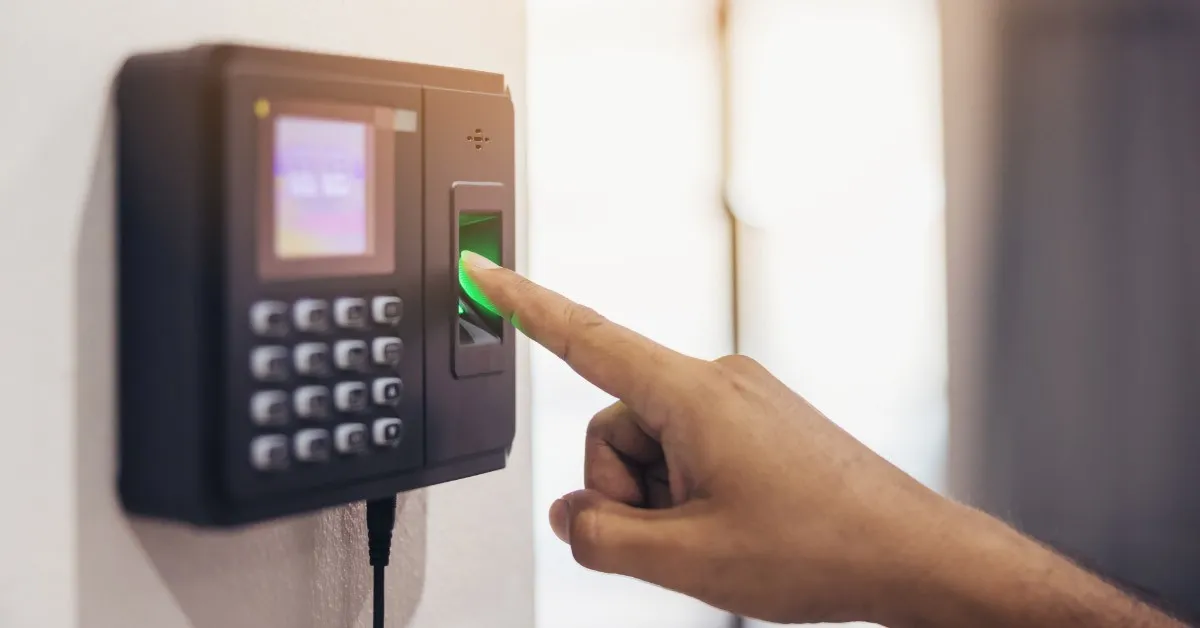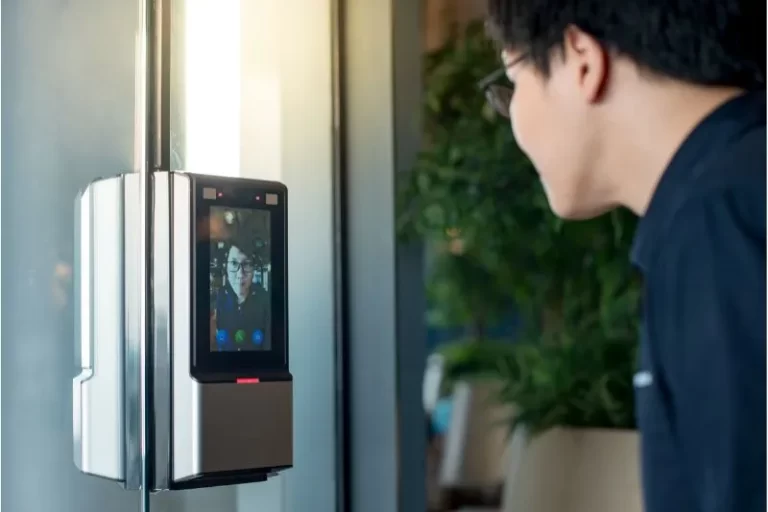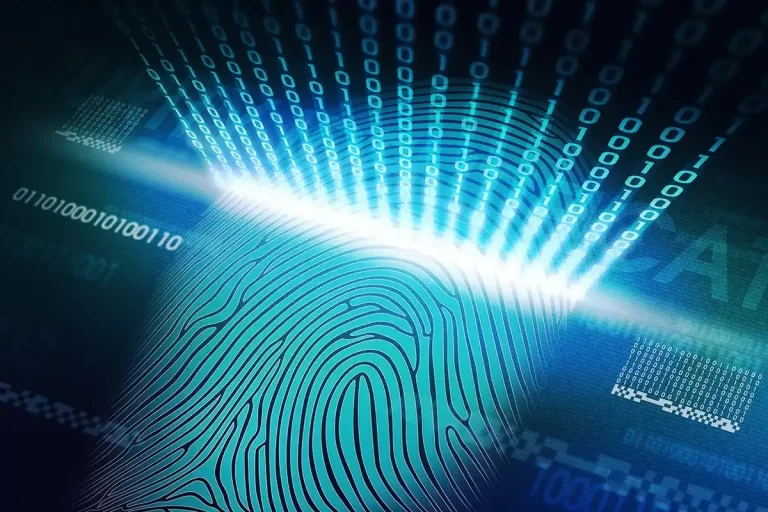What are Three Types of Biometric Security Devices?
Discover the three types of biometric security devices: Contact biometric devices, Contactless biometric devices, and Hybrid or combination biometric devices. Learn how these devices work and their applications in enhancing security.
Contact biometric devices, Contactless biometric devices, and Hybrid or combination biometric devices are innovative tools revolutionizing security measures.
In this comprehensive guide, we’ll delve into each of these technologies, exploring their features, applications, and the benefits they offer in ensuring a safer world.
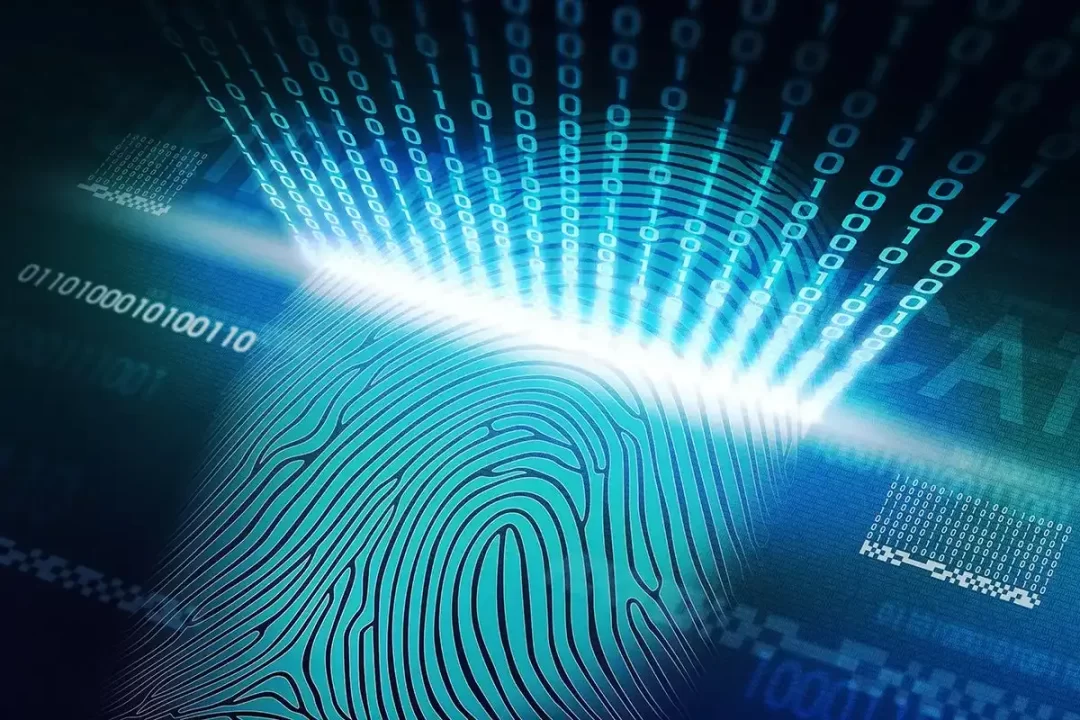
What are Three Types of Biometric Security Devices?
Biometric security devices have become an integral part of modern security systems. They utilize unique biological characteristics to verify and authenticate individuals, offering a higher level of security than traditional methods.
In this article, we will explore the three main types of biometric security devices that have gained prominence in recent years.
1. Contact Biometric Devices
Contact biometric devices are the first category we’ll discuss. These devices require physical contact with a person’s biometric feature for authentication.
Here are some of the most commonly used contact biometric devices:
I. Fingerprint Scanners
Fingerprint scanners are among the most widely recognized contact biometric devices. They capture and analyze the unique patterns found on an individual’s fingertips.
This technology is commonly used in smartphones and access control systems.
II. Retina Scanners
Retina scanners use infrared light to capture the unique pattern of blood vessels in the human eye’s retina.
They are highly accurate and often employed in high-security environments such as government facilities and research labs.
III. Palm Print Readers
Palm print readers analyze the patterns and features of an individual’s palm. They are used in applications like employee time and attendance tracking and secure building access.
2. Contactless Biometric Devices
Contactless biometric devices offer a convenient and hygienic approach to biometric authentication, as they do not require physical contact.
Let’s explore some of the prominent contactless biometric devices:
I. Facial Recognition
Facial recognition technology identifies individuals by analyzing their facial features, such as the distance between their eyes and the shape of their nose and mouth.
It is used in various applications, including airport security and smartphone unlocking.
II. Iris Scanners
Iris scanners, like retina scanners, capture unique patterns in the eye. However, they do not require close contact and are often used in access control and healthcare settings.
III. Voice Recognition
Voice recognition technology analyzes an individual’s vocal characteristics, such as pitch and tone, for authentication. It is used in voice-activated devices and phone-based authentication systems.
3. Hybrid or Combination Biometric Devices
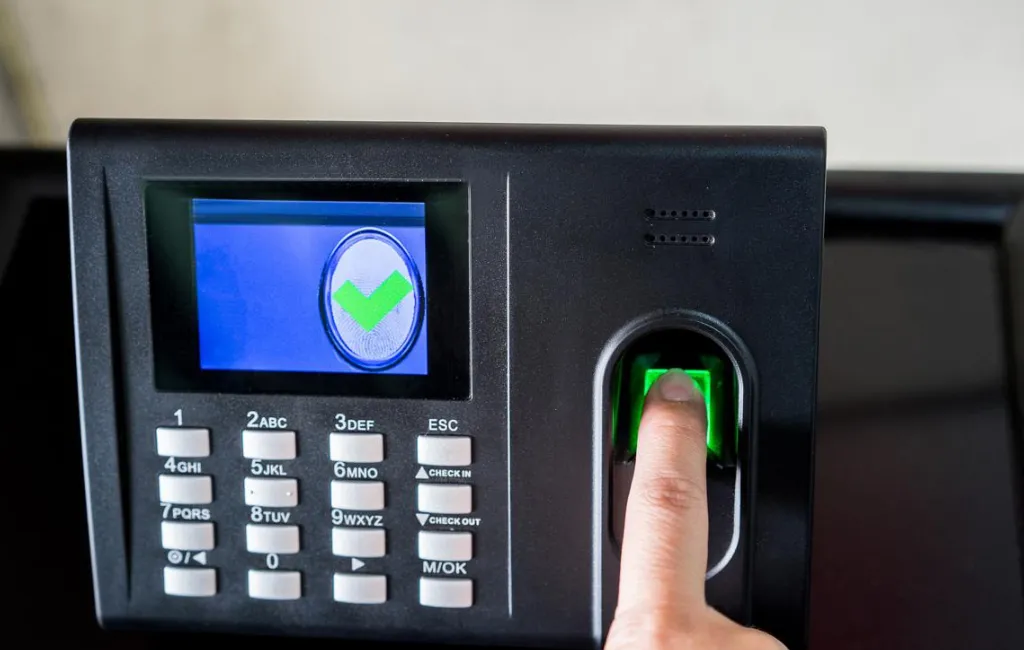
Hybrid or combination biometric devices combine features of both contact and contactless biometric technologies.
These devices offer a versatile and adaptable approach to security. Here are some examples:
I. Smart Cards with Fingerprint Sensors
Smart cards equipped with fingerprint sensors combine the convenience of contactless cards with the added security of fingerprint authentication.
They are commonly used in financial institutions and government agencies.
II. Multi-Modal Biometric Systems
Multi-modal biometric systems integrate multiple biometric technologies, such as fingerprint scanning and facial recognition, to enhance accuracy and security.
They are used in critical infrastructure protection and border control.
III. Biometric-Enabled Mobile Devices
Modern smartphones often feature a combination of biometric authentication methods, including fingerprint sensors, facial recognition, and voice recognition, providing users with secure and user-friendly access to their devices.
Conclusion
Biometric security devices have evolved significantly and play a crucial role in enhancing security across various industries.
Contact biometric devices, contactless biometric devices, and hybrid or combination biometric devices offer versatile solutions for authentication and access control.
By understanding their features and applications, organizations and individuals can make informed choices to bolster security in an increasingly digital world.
READ ALSO!!!
